|
It’s been a hot minute since my last trip to Belize, filming an episode of my TV series Word Travels. Back then, we hit the jungle, some Mayan ruins, the wetlands, and a Mennonite community for good measure (you can stream that Belize episode free on Tubi). Now I finally have the opportunity to see the beaches and coral reefs that I missed on the first trip, which concludes with the line: “If you do everything the first time, there’s less reason to return.” Swapping out a TV crew for my go-go-go daughter - a razor sharped chip off the old block - we’re following up our jungle adventure to Costa Rica with another foray into Central America. Much like Costa Rica, Belize is smashing things on the eco-tourism front, but Costa Rica doesn’t have Mayan ruins or an English-speaking population, somehow sheltered from the general mayhem found in its neighbours Guatemala and Honduras. Focusing on the beach and the world’s second largest barrier reef, my daughter showed impressive vim taking on the PADI Junior Open Water Certification, working hard on her e-learning, confined pools dives in Vancouver, and the four challenging ocean dives on the reef. You can read more about that journey in my Canadian Geographic column. What I didn’t mention was that singular moment – the bucket list moment – where all the travel and work and adventure coalesced. We were diving together through a canyon reef, which admittedly wasn’t the most spectacular dive in terms of marine life, but allowed us to explore a unique eco-system, and the weird sensation of scuba diving, together. Just another unforgettable moment in a lifetime of many. Wish there was a TV crew to capture it! Last night I discovered the word: Zugzwang. What the hell kind of a word is Zugzwang? A real English word, co-opted from German as it turns out. Definition: a situation in which the obligation to make a move in one's turn is a serious, often decisive, disadvantage. One day, I’m going to use that word in conversation, and I can’t wait. There must be a lot of Austrians Googling: “Where to find a great schnitzel in Canada?” because my column about skiing in the fantastic Silverstar Ski Resort, and taking my Austrian brother-in-law to Gerni's Farmhouse outside of Vernon, totally blew up. Gerni refers to the late Gernot Langes-Swarovski, founder of the Swarovski crystal empire, which owns the glitzy spa resort Sparkling Hill in the BC interior. Gerni liked his authentic Austrian food served in an authentic Austrian environment, so had a 16th century Austrian farmhouse dismantled and shipped over to his resort British Columbia. The menu and setting would make any Austrian traveller tear up with joy. Once they’ve settled down, they can explain to me what’s in a Almdudler. It’s a popular Austrian non-alcoholic soda, of a sort, that tasted like the innocence of childhood for no reason I can possibly explain. I also took the opportunity to do my best sack of potato impression while flying down an ice chute at 94 km/hr. A lot of people asked me why I felt compelled to do the public skeleton at the Whistler Bobsleigh Centre, and the answer is: because tourists actually do this, and it is undoubtably something unique, memorable, attainable and hilarious. Therefore: something to add to the bucket list. Jon Montgomery, who won skeleton gold in the skeleton at the 2010 Olympics, was a great sport for his quotes in my column, which pretty much captures the all-round absurdity of flying down a “frozen toilet chute.” Unseasonably warm weather totally zugzwanged me when it came to a long-planned multi-day snowmobile trip in Algonquin Provincial Park. We were watching snow reports during the worst winter season on record, and the trip was ultimately pulled just days before I was set to fly out to Ontario. A bummer in every way, because snowmobiling without snow is no fun at all. Climate change is going to wreak havoc on more and more travel plans, so purchasing a little travel insurance to fully recoup any upcoming flights in the case of unexpected chaos is no longer just another airline cash-grab, it’s a necessity. Finally, the second edition of The Great Western Canada Bucket List arrived at my doorstep and it looks fantastic. Packed with inspiration, it’s slim enough to gift to those travelling with carry-ons, and my wish is for it to land on the radar of anyone greeting newcomers to BC and Alberta. As you can tell on the companion site, there’s so much to explore and discover across a landscape that is both unique and diverse. The book will officially launch nationwide in May 14, look for it wherever you find your reading material.
0 Comments
Credit: dr_wakeen/Flickr Get over Jaws. Sharks rarely attack humans, are vital to the marine eco-system, and as any diver will tell you, a thrill to meet in their natural habitat. With rampant shark finning, the entire species is at risk. Encounter them underwater, and you’ll quickly realize just how beautiful, and harmless sharks really are. Mossel Bay, South Africa, Great White The coast of South Africa’s Eastern Cape is full of Great White Sharks, the most feared predator in the ocean. Cage diving is popular and while thrilling, is completely safe. Years later, I can still see that Great White coming towards me, literally rattling my cage. Malapascua Island, Philippines, Threshers A stunning tropical island, Malapascua is the only place where you can dive with thresher sharks every day, due to “cleaning stations” that attract the sharks in nearby Monad Shoal. Shy around divers, threshers are known for their distinctive tail. Shark Reef, Fiji For those looking for variety, Fiji’s Shark Reef Marine Reserve has a regular shark population of 8 different species: Whitetip Reef, Blacktip Reef, Grey Reef, Tawny Nurse, Sicklefin Lemon, Silvertip, Bull and Tiger sharks are all found in the reserve. Galapagos Islands,, Hammerheads During the December to May season, divers on live-aboards yachts around Darwin and Wolf Islands can find themselves in the water with thousands of hammerheads. Aggressive predators for marine life , hammerheads do not attack humans unless provoked. Isla Mujeres, Mexico, Whale sharks From June to September, hundreds of whale sharks, the largest fish in the sea, gather north of Isla Mujeres to feed in waters rich with plankton. Tour companies let you snorkel with the sharks, although you are not allowed to touch them. Flora Islet BC, Six Gill Sharks Divers hope to encounter elusive six gill sharks in the emerald waters off Vancouver Island. Typically found in deeper waters these ancient-looking sharks can grow to over 6m in length. Thanks to the Scuba Diver Girls for this great video of a sevengill shark dive off La Jolla Cove, California. Grand Bahama, Tiger Sharks Fierce Tiger sharks gather by the hundreds in the warm, clear waters of “Tiger Beach”, a dive site popular with cage diving operators. Experienced, less timid divers can leave the cage and be surrounded by Tigers, who are not afraid to get up close and personal. Credit: Klaus Steifel/Flickr Palau – Reef sharks With 50 metre plus visibility clear Palau is renowned as one of the best diving locations in the world. Since establishing the world’s first shark sanctuary in 2001, it’s also one of the best places to dive with sharks. Get on the Friends of Sharks Facebook page, and look into organizations like Shark Truth that are helping to spread the word about the evils of shark finning.
After so many miles, misadventures and meat pies, I'm delighted to be launching my 9th book, The Great Australian Bucket List , available October 9th online and in bookshops throughout Australia and New Zealand. It's been a very long and very wild ride, packing in years of travel into six crazy months, and years of writing into the same. As for bringing along my family, two kids under five can only make the intense travel and writing easier right? Right. As with my previous books, I believe that essay-style stories inspire, and are best read on a printed page illustrated with beautiful photography. But I believe that practical information is important too, best accessed online where it can be easily and frequently updated. The Great Australian Bucket List follows this successful formula: a stunning, inspiring book supported by an extensive companion website - www.aussiebucketlist.com With any luck, both will have the same impact in Australia as the The Great Canadian Bucket List had in Canada: inspiring millions of locals and visitors to explore unique, one-of-a-kind destinations and activities around the nation (and becoming a smash bestseller as a result). From jungle surfing in the world's oldest rainforest to swimming with giant tuna, chasing ghosts in haunted prison cells to hiking the remote outback, Australia has buckets of amazing stuff to explore. Here's a quick peek at what I got up to: The book is published by Affirm Press, the fastest growing publisher in Australia, driven by passionate readers who believe in stories as much as I do. I have to give a shout out to my amazing sponsors and partners: Presenting Partner Ford Motors Australia, Oaks Hotels and Resorts, Jetstar Airways, World Expeditions, Journey Beyond, Discovery Holiday Parks, Move Yourself, Sunshades Eyewear, Tourism Tasmania and Queensland Tourism and Events. Thank you! The family travel project was an entirely different trip altogether. You can check it out at the online trip journal we custom-designed to record the adventure: www.esrockingkids.com. Along with our partners above, special thanks to Valco Baby, Keen, Footwear, Britax and Victorinox. I met so many wonderful people on my journey, and as always, the people I met (and the family I travelled with) shaped my experience. I learned so much about Australia, and myself. This is what travel does: new places stoke new emotions, new people stoke new ideas, new landscapes inspire new life stories. There's no word as yet if/when The Great Australian Bucket List will be available on shelves outside of Australia and New Zealand. I'd love nothing more than my Canadian, Global and Australian books to find their way to stores worldwide, but that's up to the gods, agents, and the publishing industry. In the meantime, you can buy it online anywhere through Book Depository (with free shipping worldwide) and in Australia online through Booktopia, Dymocks, Collins, Big W, KMart, Newslink, QBD or fine indie bookstores. As always, it's the perfect gift for everyone from kids to grandparents, and will appeal to all ages and interests. Thanks as ever for the support, and may your travels continue to be rich and fruitful.
Robin 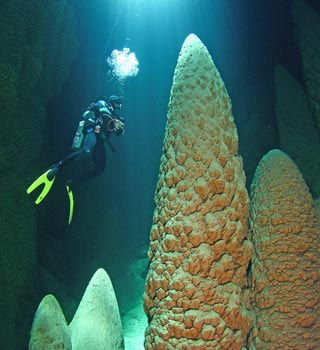 It was easy enough to rappel 30 stories into the cavernous abyss, watching a faint glimmer of light reflecting off a crystal clear pool at the bottom. By now I’ve rappelled on several continents, and just the day before, I had lowered myself 90 metres alongside a spectacular waterfall known as the Mouth of the Puma. But the Abismo Anhumas, sheltering a subterranean water wonderland, comes with a neat little twist. If I was ever to walk again beneath the glorious sun, I had to climb back up the very rope I rappelled down. Hand over hand, inch by inch, breath by breath. Caves are plentiful here in Brazil’s Pantanal, the world’s largest wetland. A huge compression in the earth’s crust has created a 150,000km [squared] freshwater floodplain, stretching into Bolivia and Paraguay. With so much water, the Pantanal is one of the most biologically diverse regions on the planet, a birdwatcher and animal lover’s paradise. It has also been under threat, since over 95% of the land is privately owned, and rich waters make the wetland fertile for crops, cattle, and of course, mosquitoes. On the other side of the mountains that frame the wetland, a small town named Bonito has reinvented itself to become one of the most important eco-tourism destinations in South America. Besides wildlife trips into the Pantanal - where tourists can enjoy night safaris, river cruises, hikes and horse rides in protected areas – Bonito is also a launch pad for caves, waterfalls, and several tasty adventures. These include unusual dishes in the local restaurants, like grilled caiman and piranha stew. After years of destruction in the Amazon, Brazil has committed to protecting this fragile environment. New laws have been passed, tourism standards created, and farm owners have increasingly begun to see the value of eco-tourism over traditional cattle breeding. Take Rio da Prata, where 80% of the farm’s revenue comes from its extraordinary attraction. In limited groups, we are handed wetsuits and snorkels to float on our bellies down a crystal blue spring, amongst thousands of freshwater fish. With a current ebbing us along, there’s no need to kick, or swim. The visibility is breathtaking. I’m relaxed in awe floating past schools of large fish, like the golden Dorado, which is big and ugly enough to demand a wide berth. It was an incredible experience, but I was looking forward to dropping into the abyss. Although there are daily tours into the abyss, guides test their clients the day before to see if they can hack it. After all, anyone can be lowered down, but climbing up a 72m rope through a narrow rock shaft requires an adventurous kind of stamina. Don’t worry, if you can scale up their 7m high in-store platform, you’re set. Discovered in 1984, and opened to the public in 1999, the Abismo Anhumas has an unparalleled draw. Inside sits a cave pool 80m deep, lifeless save for tiny fish, but home to massive underwater cave structures that can be explored by scuba or snorkel. While your typical spectacular stalactites drip from above, some of the conical underwater stalagmites are over 20m tall. The descent is easy enough, in that terrifying “I’m only alive because of this wet rope” kind of a way. Once I arrive on the bottom, I put on a wetsuit, and with a flashlight in hand, float weightlessly above the alien world, a scene from a movie, a waking dream. The tranquillity is shattered when I am strapped into a belay device to begin the long climb back. The modified harness cuts into my water-softened flesh, as I heave with my legs, and steady with my arms. After ten minutes, muscles are burning, but if I need incentive, all I need to do is look down. Suddenly, the darkness below looks like a watery grave. Connected as a backup to my climbing partner, the rope shakes as he quakes with fear. But each thrust brings more light, until finally, after squeezing through an unassuming crack the rock, we reach the top. Having spent a few hours in the cool abyss, floating in its calm water, the heat and humidity of western Brazil is like a punch in the gut. Next time, I’ll rent the scuba gear and enjoy the abyss just a little bit longer. The Abismo Anhumas is located 27km from Bonito, an eco-tourism hotspot in the state of Mato Grosso do Sul. Tours leave daily but due to the ascent are limited to 16 people. Only 4 scuba dives are allowed each day, and you must have Open Water certificate. Equipment and guides are provided. Visitors are assessed and trained beforehand in the Visitor Centre. More info at: http://www.abismoanhumas.com.br “Robin Ayers Rock?” “Esrock.” “I’m sorry, did you say Ayers Rock?” “No, E-S. Rock.” My grandmother once told me how people from Australia thought she was joking when she gave her surname. It never struck me how similar Esrock is to Ayers Rock, but throw in a few accents here and there, and no wonder locals this week raised an eyebrow. It was something I got used to pretty quick during my visit to Australia, along with the fact that you don’t have to tip, and fast food joints charge you for ketchup pouches. After the comfortable flight into Brisbane via Auckland on Air New Zealand, well deserved of airlineratings.com Airline of the Year Award, I breathe the warm, tropical coastal air of northern Queensland on my patio at the Thala Beach Resort. Humidity hugs me as I gaze out over the forest canopy and picturesque bay, listening to the songs of birds and frogs. Parrots flutter about in the trees adjacent to the windowless dining room, with the natural assets of tropical north Queensland on full display. My first introduction to the Great Barrier Reef is on Quicksilver’s wave-piercing catamaran, which delivers tourists to a permanent pontoon on the outer barrier reef. Beyond snorkelling, I soak up the time in a semi-submersible boat ride, an underwater observatory, in the skies with a helicopter ride (the view is extraordinary) and my personal highlight - on an underwater platform with a fish-bowl like helmet on my head, petting a friendly and unnervingly large Maori wrasse. Well, that’s one way to experience the reef. Another is by sea kayak, launched the following day from Thala Beach in the early morning hours. Sea turtles pop their heads out the water to see what the fuss is about, but I’m more distracted by the lush costal mountains framing the coastline. Back to Cairns, which serves as the gateway to the northern barrier reef, I hop on a small plane for an hour-long flight to Lizard Island National Park. Home to an important marine research station, Lizard Island also has glitziest resort on the reef, with 48 luxurious villas facing a turquoise bay and white sandy beaches. Re-opened after two cyclones caused havoc, the resort is the epitome of elegance – white walls, wooden boardwalks, palm trees, an azure pool, fine dining and spa. It’s also on many a diver’s bucket list, especially the Cod Hole, where giant potato cod swim with curious sharks and technicolour fish on the outer reef. It’s my first scuba dive in some time, and as I descend beneath the surface, surrounded by hundreds of barracuda, I’m reminded of previous visits into the weightless underwater wonderland of ocean diving. I chase reef sharks, stare into the eyes of the giant cod, navigate reef canyons. “Damn!” I exclaim back on the dive boat. “The Great Barrier Reef delivers!” A raucous farewell party on the beach (maintaining my perfect record of skinny dipping in warm oceans at night under the stars), fly to Cairns, fly to Gold Coast, climb a building, storm watch from the 27th floor balcony of the stylish Peppers Broadbeach, and I’m in the co-pilot chair on the 10-seater plane to the most southerly resort island on the barrier reef – Lady Elliot Island. Renowned for the manta rays and turtles that visit the island home year-round, Lady Elliot is the most accessible reef island for Australia’s southern capitals, popular with families, divers, weekenders and daytrippers. I pick up snorkel gear at the dive shop, take a few steps from my cabin into the lagoon, and the reef explodes with life and colour. The small, coral cay island is surrounded by reef, and with excellent visibility, regarded as one of its best dive and snorkel spots. I submerge through the Blue Hole, an underwater tunnel that opens up into marine world beaming with life. Look at the size of that white tipped reef shark! Hello Mr Curious Turtle! Check out the grace of that manta ray! With just one opportunity to dive, I’m deeply jealous of the divers who are here for a week, but grateful to have the opportunity to be here in the first place. Still, snorkelling from the Coral Garden to the Lighthouse is so rich with turtles, coral, fish and manta rays that anyone can enjoy the reef, no scuba certification necessary. The Great Barrier Reef is not only one of the world’s natural wonders, it’s one of the world’s most popular tourist destinations. It’s also surprisingly accessible for a wide range of budgets, and as you can read above, offers a wide range of experiences, some that even allow you go underwater and keep your hair dry. Accommodation and meals are uniformly outstanding, the weather reliably co-operative (even when it rains or is overcast, the reef is open for business!), and the locals famously cheery. Even if your surname sounds like a prank call, that’s something every visitor can appreciate. Find out more information about visiting Australia and the Great Barrier Reef.
Diving with a WW2 Japanese Mitsubishi Zero fighter plane in Kimbe Bay My right ear is rotten. Broken. Unusable. A dozen operations and surgical reconstructions have left it scarred and barely functional. Various prosthetics failed, and hearing aids makes everything sound tinny and robotic. I can only dream of stereo. My affliction means I cannot dive, much less put my head underwater, for fear of infections, and water leaking into my brain (OK, that’s not exactly true, but my dirty thoughts could use the rinse). After my last reconstruction in 2006, doctors told me I should be able to swim underwater, although a chronic ear infection, the result of a water fight in an elephant-shit infused river in Thailand, left me with doubts. Diving seemed a bridge too far, and then I discovered a fantastic little product called Doc’s Pro Plugs. These are silicon ear plugs with a tiny pin-prick hole enabling the wearer to equalize, while keeping water out. They cost about $20, and I bought them from a kayak instructor who handled them like they were small pieces of gold. Well, they’re worth more than gold. They are the keys to the Magical Kingdom! If you have ear issues and want to scuba dive, click here to find out more. I endorse them, I bow before them, I sing Hallelujah to their glory. Doc, whoever you are, you’re a freaking genius and every creature in the ocean loves you, including me, sinking into the warm, deep tropical waters of Papua New Guinea. I'm here with the Scuba Diving Girls. Technically just Margo and Stephanie are the Scuba Diving Girls – a dive shop/online dive cult they run out of San Diego, but we're accompanied by some other girls as well, and SDG is a state of mind. We've come to PNG, as the cool kids call it, to explore Tufi and Walindi, two renowned diving spots. Tufi, with its views of the fjord and its world-class crescent-shaped house reef, was a perfect place to take my PADI Open Water Course. It's located in a small region on the eastern coast of PNG, almost comically remote, where locals and kids gather at the airstrip for the weekly highlight, a plane load of ghosts emerging from the loud sky bird. OK, it’s not the 1930’s, when the Leahy brothers discovered one million people living in the country’s highlands, previously unknown to man. We’re not white spirits returning with ancestors from the dead. We’re dive tourists. We’re coming from high, and we’re heading on low. Local transportation around the island of Tufi The resort itself is homely and small, all wood and leafy plants. Nothing at all like Club Med, more like a modest house. Some hotels have dogs to make their guests feel at home. We had a wallaby named Stu with his large drooping scrotum, and a hopping hornbill named Coco, prone to nipping toes under the dinner table, screeching, and pooping fruit on the hardwood floors. I hit the books, crash coursing PADI’s five beginner classes, learning about decompression sickness and buoyancy, regulators and nitrogen levels. My classroom was the house reef, rife with lionfish and coral, and two sunken boats at the bottom. My instructor’s name was Glen, who, like most of the villagers in Tufi, walked barefoot with large, callused feet, and chewed betelnut until his teeth and lips were stained blood-red. I’ve been so keen to dive all these years that I jumped in the deep end, acing my course exams and underwater trials. Underwater, I felt I could fly in an alien planet crammed with alien life forms. Sluggish, but free to float in any direction. The deep sound of my breath added an aural otherworldliness, bubbles floating to the surface, larger and larger, like jellyfish. The girls were the ultimate cheerleaders, offering tips, helping me calculate my pressure groups (although computers do all the work these days). Everyone got in the spirit, like watching a younger brother walking for the first time. Margo and Stephanie, with their blonde braids and branded tank tops, recorded my education for their website and Facebook followers, which you can see below. They filmed the process from my first discovery dive to my first qualified dive, swimming through the air hoops Glen would blow upside down. Another dream realized. Scuba diving (tick) in Papua New Guinea (tick). They tell me I’m one lucky son-of-a-bitch. I won't tell them they're wrong. Our diving pal Bronwen Dickey isn’t dealing too well with the erratic altitude of the Bombadier. It’s shaking like a lunch-carton of flavoured milk in the backpack of a hyperactive squirrel. We overnighted back at the Airways in Port Moresby, where it rained bullets, and jetted off to the Walindi Dive Resort in Kimbe Bay, on the island of West New Britain. Amidst sprawling palm oil plantations, neatly staggered where once there was jungle, Walindi rests against a black sandy beach, and a divers paradise. The reef here is a wealth of life and colour, containing 413 species of hard coral (over half the world’s total species, in one bay) and over 900 species of fish. After hearty breakfasts, we’d hit the boat for a 3-dive day, submerging ourselves in just a handful of the incredible coral garden dive sites on offer in the sheltered bay. This was my first encounter with giant barrel sponges, red whip gorgonians, moray eels, nudibranches, dozens of reef fish, and several large grey reef sharks. We even encountered a frenzy abovewater, watching shark fins slicing above water, like a pirate movie. I did my first night dive, beneath the Hanging Gardens, an eerie but wild experience. I did my first deep dive, to 34m, floating back and forth through a spectacular swim through, just minutes left of compressed air in my aluminium tank. I did my first wreck dive – a Japanese Mitsubishi Zero fighter jet, which mysteriously ditched off the coast during the war. Discovered in 2000, it’s in outstanding condition for a wreck, with guns in place and the propeller crusty with coral life. I finally nailed my buoyancy, doing underwater somersaults to the amusement of schools of barracuda. In just a week, I was closing in on my Advanced Certification. Papua New Guinea was my first diving destination, and has been just about impossible to live up to since. Bronwen took this great shot of barracuda in Kimbe Bay
|
Greetings.
Please come in. Mahalo for removing your shoes. After many years running a behemoth of a blog called Modern Gonzo, I've decided to a: publish a book or eight, and b: make my stories more digestible, relevant, and deserving of your battered attention. Here you will find some of my adventures to over 100 countries, travel tips and advice, rantings, ravings, commentary, observations and ongoing adventures. Previously...
July 2024
Categories
All
|

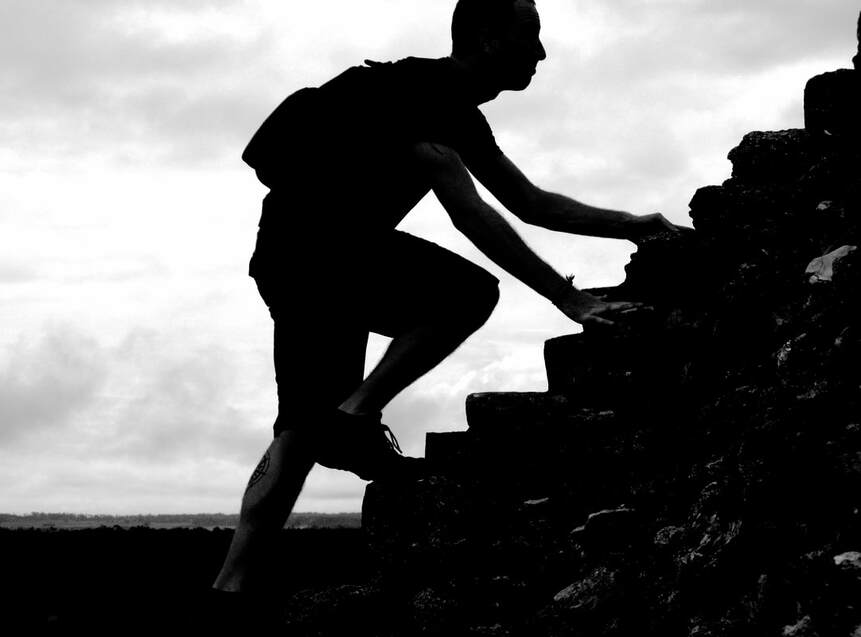
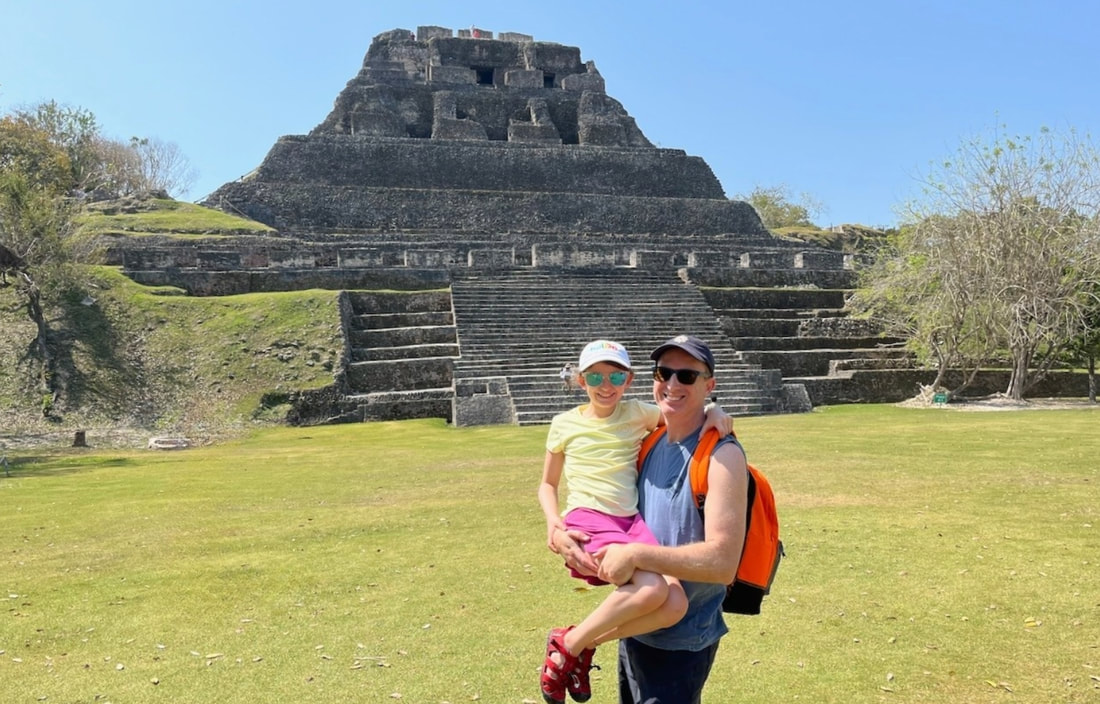
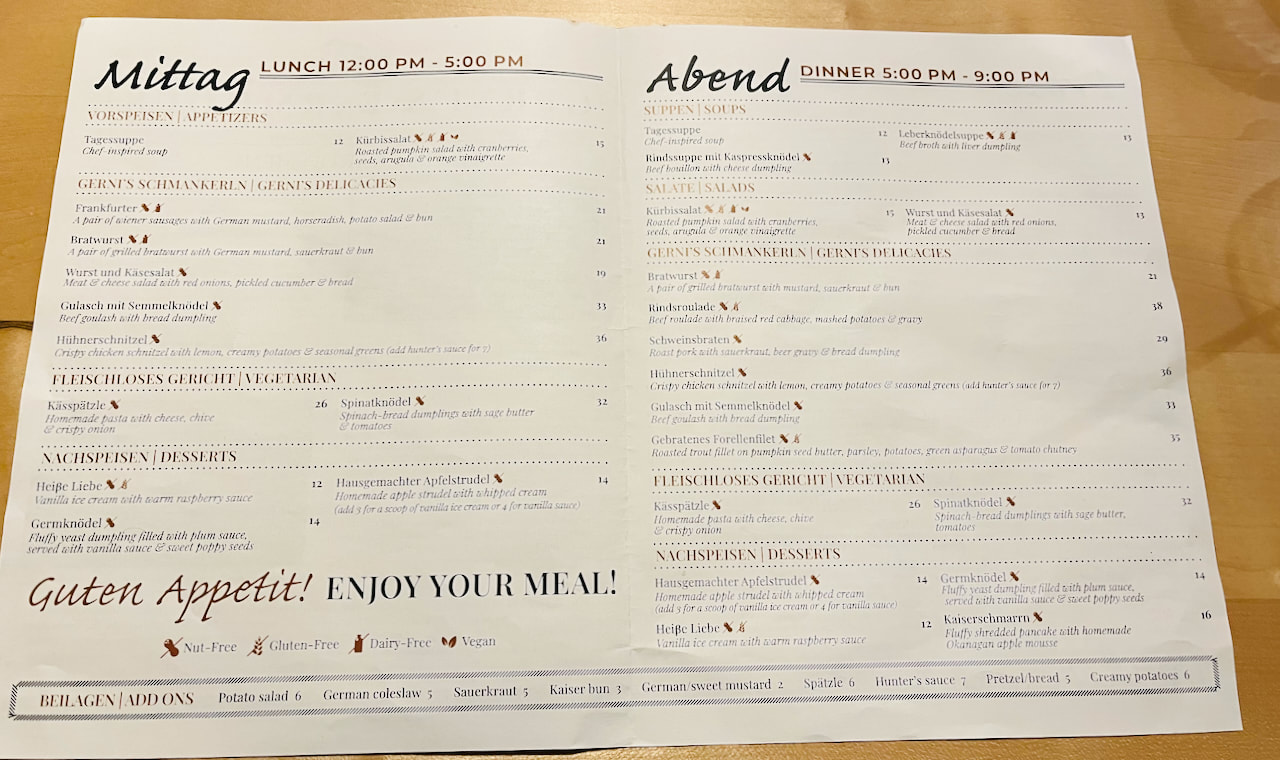
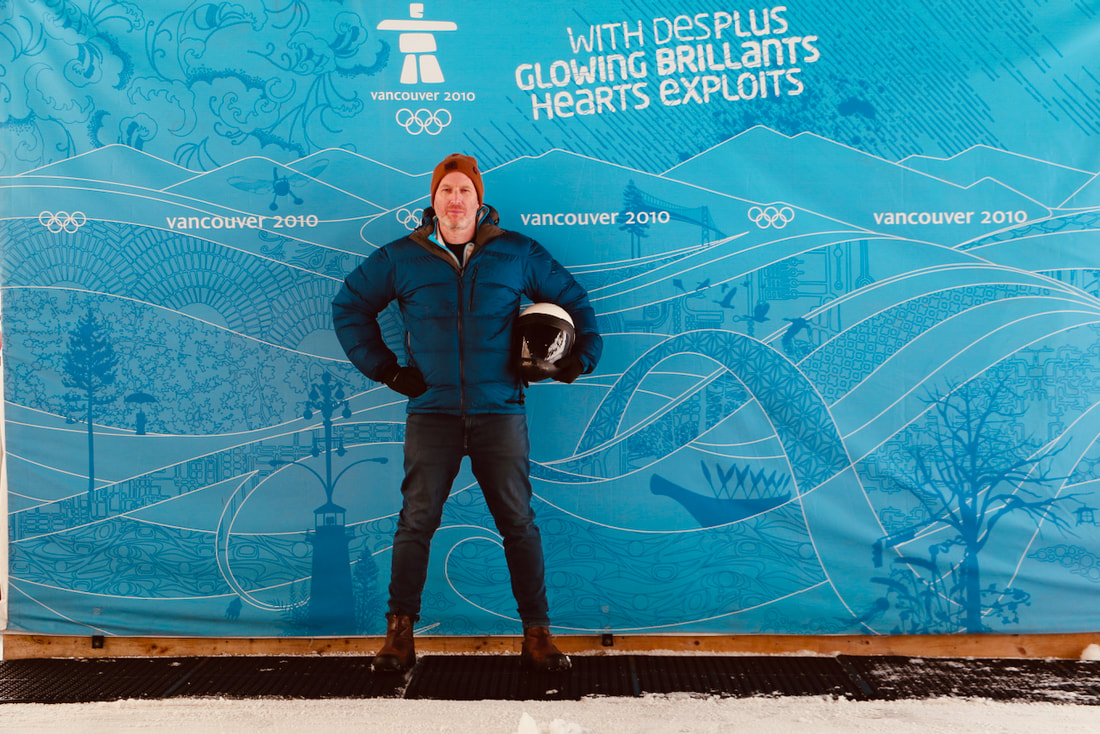

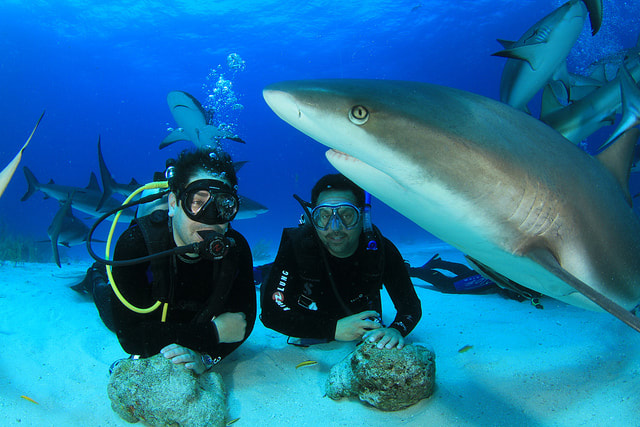
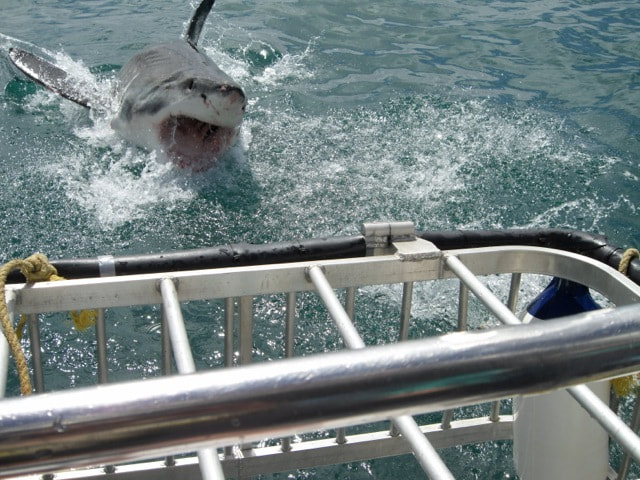

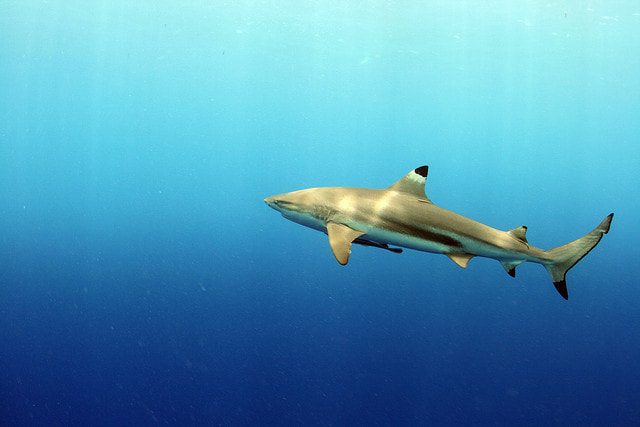
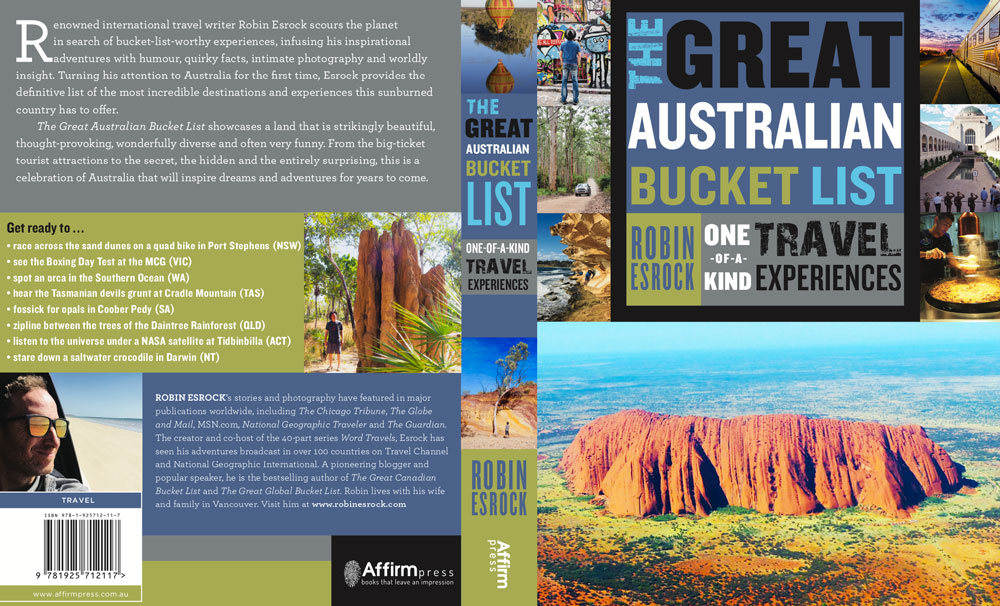

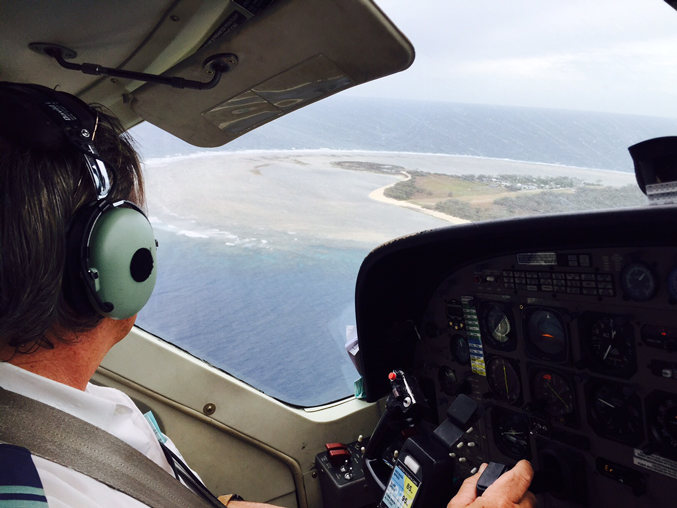
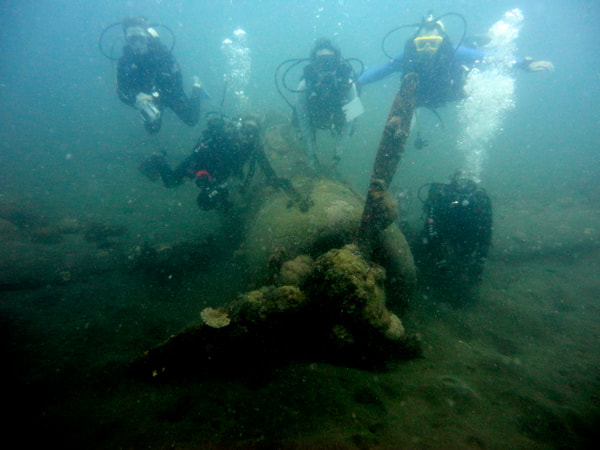
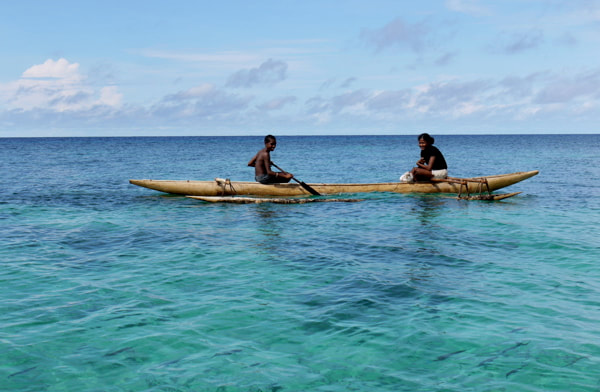
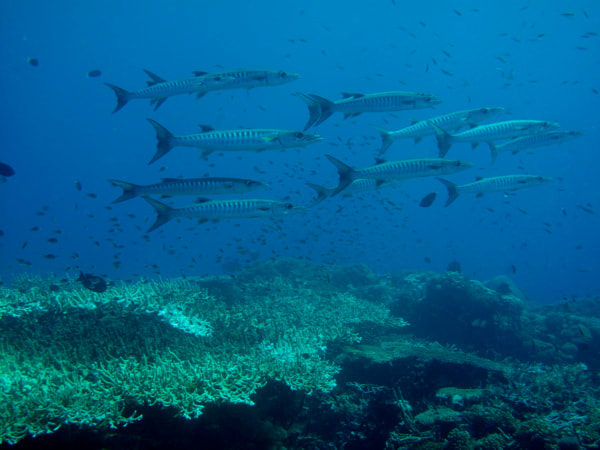
 RSS Feed
RSS Feed

